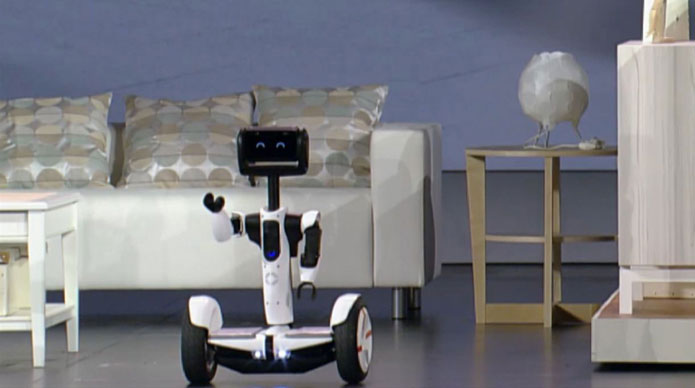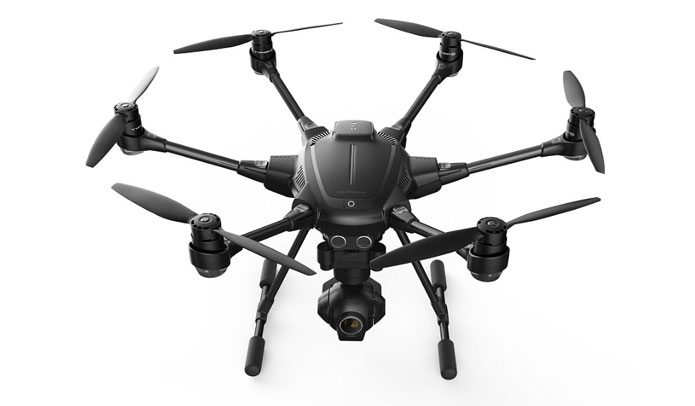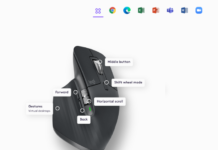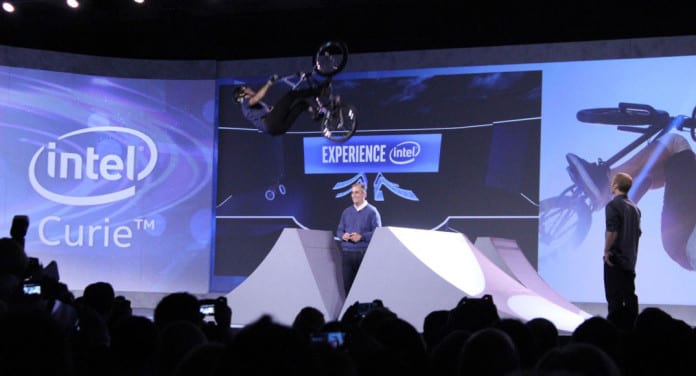Intel CES 2016
Sports and gaming
Intel CES 2016 – Intel CEO Brian Krzanich kicked off the CES 2016 keynote announcing partnerships with ESPN, extreme sports broadcaster Red Bull Media House and the X-Games to use the firm’s RealSense 3D cameras and Curie chips.
RealSense is a technology Intel released in 2014. It’s a camera that can capture and render 3D images. Using the RealSense 3D scanner, you can scan yourself, capture your image and insert yourself in the game.

Intel first showed its Curie chip at CES last year. Curie will be used to show rotations, G-force and other stats at the Aspen Winter X-Games next month. Curie will be mounted on snowboards used in the competition, and transmit data about athletes’ performance such as how high they jump and how far they rotate. The information will be displayed on TVs at home as people watch the broadcast.
According to Brian Krzanich, it’s like a sport, and you can feel it, see it, and experience it, and Intel wants to offer a sensory experience, to deliver more performance and more sensation than before.
“We’re changing the experience and making you the director,” Brian Krzanich said. He also announced that Intel’s button-sized Curie chip will finally ship in volume in the first quarter of this year at less than $10 (£6, AU$14).
Intel and Oakley made voice-activated sports glasses

Intel also unveiled a voice-activated sports glasses made by Oakley. Oakley sports glasses, complete with the earpiece, come with a built-in running and exercise coach that talks to you as you work out. Dubbed the Radar Pace, the Oakley sports glasses will use cameras, sensors and more to monitors your performance as you go. Intel says the sports glasses will launch in late 2016.
For anyone that wants to improve their well being how cool would it be to have a coach right there with you,” Brian Krzanich said.
Intel Daqri Smart Helmet Provides X-Ray Vision

Intel also unveiled the Daqri Smart Helmet, a helmet developed by Daqri, the Augmented Reality company that is transforming the future of work, that uses Intel’s RealSense 3D camera to offer a form of augmented reality.
Powered by the Sixth Gen Intel Core m7 processor, the latest version of the Daqri Smart Helmet now has five times the processing power and improved depth sensing capability, making it the most powerful Augmented Reality wearable device on the market.
“Intel is transforming industry with its advanced technologies. Intel powers some of the world’s most impressive products and, with the addition of its latest processor and RealSense technology into Daqri Smart Helmet, we introduce the most advanced human-machine interface to the market,” said Daqri founder and CEO Brian Mullins. “We have already demonstrated how the use of Augmented Reality hardware and software solves problems for our partners and, with the addition of Intel technology, we are supercharging Daqri Smart Helmet so that we can continue to drive the future of work.”
“The future of smart and connected devices includes Augmented Reality,” said Bridget Karlin, managing director of Intel’s IoT Strategy Office and CTA board member. “The Daqri Smart Helmet is a great example of integrating the advanced human-machine interface into existing devices to make something smart and solve a potential problem.”
The Daqri Smart Helmet begins shipping today. Pricing was not revealed.
Intel unveiled a Hoverboard Butler

Intel showed off a robot, Hoverboard Butler, built in partnership with Segway. The Hoverboard Butler is powered by the Intel’s RealSense technology.
The Hoverboard Butler (hoverboard robot) can be ridden like a handleless Segway, holding it steady between your legs, travelling up to 30km at speeds of up to 18kph. On arriving at the destination, the device turns into a self-balancing robot, with a screen for a head, and arms.
The Hoverboard Butler (hoverboard robot) will make sure you don’t get bored while you enjoy your solo time, it will talk with you or it can welcome your guests with its small hands. During the demo, once the arms were attached, the robot cutely replied – “Are those my arms? Awesome!”
The Segway Robot software is set to be released to developers in the second half of this year.
The personal transportation robot can add, and recognize, arms. #CES2016 @intel pic.twitter.com/ZXgylToWR6
— CES (@CES) January 6, 2016
Yuneec Typhoon H drone uses Intel technology

Yuneec, which is doing its best to compete with DJI, has a new hexacopter under its Typhoon line of drones. The Yuneec Typhoon H drone uses the Intel’s RealSense technology. According to Brian Krzanich, the integrated RealSense camera will let the Yuneec Typhoon H drone automatically spot and avoid objects. It has the most advanced collision detection system.
The Yuneec Typhoon H drone can records video at up to 4K quality and captures still images at 12-megapixel resolution. It will come with a 7-inch Android-based ST16 controller with it. The Yuneec Typhoon H drone’s biggest advantage here might be price and the ability to sense and avoid.
The Typhoon H drone will be available in the first half of this year at a price of $1,799 in a ready-to-fly configuration. That’s a full $1,100 less than the price of the DJI Inspire 1.
The Yuneec Typhoon H drone is a big aircraft, so you’ll need to register with the FAA if you want to fly it in the U.S.















































